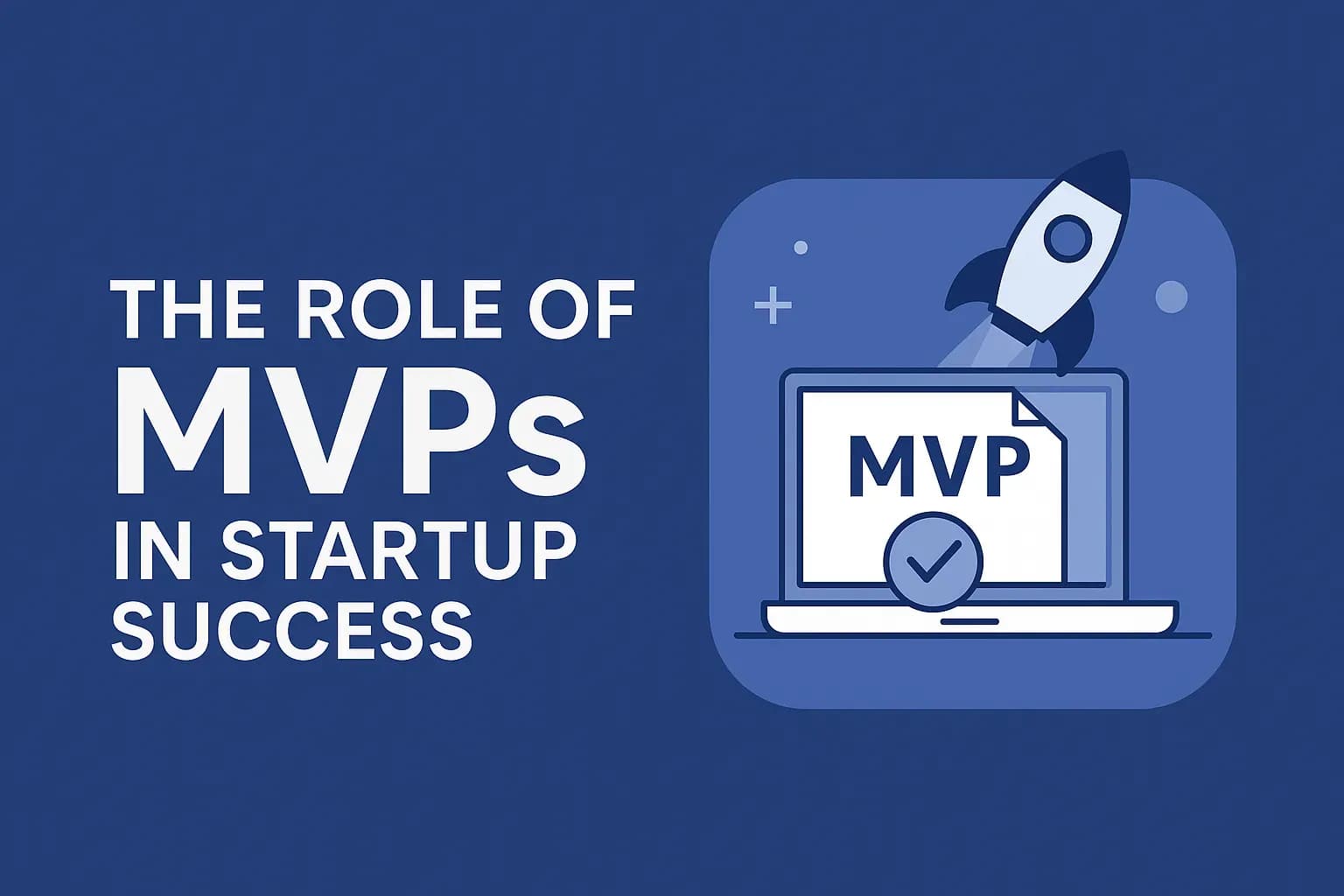The Role of MVPs in Startup Success
In the high-stakes world of startups, speed, flexibility, and validation can mean the difference between a breakthrough and a burnout. That’s where the MVP — Minimum Viable Product — comes in.
Rather than building a fully featured product out of the gate, successful startups focus on building just enough to test, learn, and iterate.
But why are MVPs so crucial? Let’s break it down.
🚀 What Is an MVP?
A Minimum Viable Product (MVP) is the simplest version of your product that still solves a core problem for your target audience. It’s not about launching an unfinished product — it’s about launching a focused product that proves your idea has value.
Think:
A landing page with a signup form
A prototype with a single working feature
A manual service with tech added later
💡 Why MVPs Matter in 2025
The startup environment in 2025 is more competitive and fast-paced than ever. MVPs offer a strategic way to:
✅ Test market demand early
✅ Save time and money
✅ Attract early users and investors
✅ Gather real user feedback
✅ Pivot or iterate quickly
In short, MVPs reduce risk while increasing your learning.
📊 Real-World MVP Success Stories
Some of the biggest companies started with MVPs:
Dropbox launched with a simple explainer video.
Airbnb tested by renting out their own apartment.
Twitter started as an internal tool for another company.
These MVPs weren’t polished or scalable — but they proved a demand existed.
🔄 MVP vs. Prototype vs. Final Product
| Type | Purpose | Features |
|---|---|---|
| Prototype | Visual or functional draft | Not fully usable |
| MVP | Working product | Core features only |
| Final App | Scalable & polished product | Full feature set |
MVPs bridge the gap between concept and launch.
🧠 How to Build a Great MVP
Define the Core Problem
Focus on one pain point your users need solved.Identify Your Early Adopters
These users give the best feedback and help validate your assumptions.Strip Down the Features
What’s the one thing your product must do well?Launch Quickly
Use no-code tools or rapid development stacks to test fast.Gather Feedback & Iterate
Launch. Learn. Improve. Repeat.
⚠️ Common MVP Mistakes
🚫 Trying to build for everyone
🚫 Including too many features
🚫 Ignoring early user feedback
🚫 Waiting too long to launch
Remember, the goal isn’t to impress — it’s to learn.
🏁 Final Thoughts
A great startup doesn’t start with a perfect product. It starts with a working solution that evolves with real-world use.
Building an MVP gives your startup the advantage of agility, learning, and customer-first development. It’s not just a method — it’s a mindset.
At Ripeet IT Solutions, we help startups build MVPs that validate, attract users, and scale with confidence. Need help bringing your MVP idea to life? Let’s build it together.
